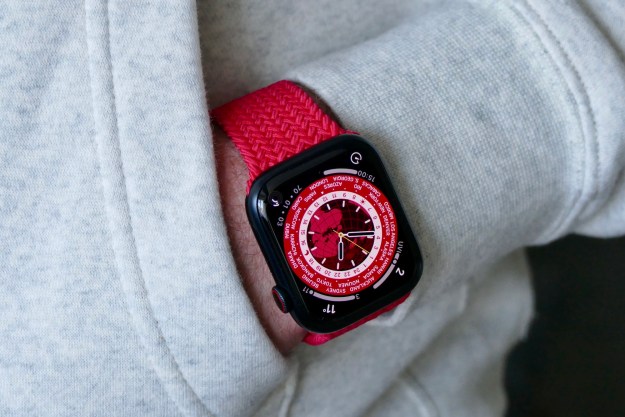“While nearly everyone carries an image-capturing device, our ‘loves’ deserve to be captured with a quality that reflects that love; they deserve to be captured with a Nikon camera,” the company writes in a release.
Cramer-Krasselt, the agency spearheading the campaign, conducted research and found “found that while people appreciate the convenience of capturing moments on mobile devices, there is a strong desire to go ‘all in’ on their hobbies and things they love. However, many do not document their passions with the same care they bring to actually doing, creating, or participating in them. Quality photography can help us distinguish between ‘any other image’ and the moments that should be captured in a quality equal to the emotion and importance of one’s passions.”
Because so many people now communicate through images, whether it’s Instagram, Snapchat, Facebook, etc., simply liking something is a bit of a knee-jerk reaction that doesn’t actually connote real feelings. According to Lisa Baxt, Nikon’s associate general manger of Communications, “’likes’ have become a form of social currency.” The first TV ad, “World of Likes,” shows a man living in a world where people nonchalantly apply “like” stickers on anything. The narrator asks, “Who doesn’t like to ‘like,’ but what about ‘loves’?” The scene then transitions to pets, family, holidays, and crafts, and all photographed with Nikon cameras.
Translation: Smartphone photos of the everyday are fine, but they are disposable. For the things you love and want to remember or share, you should use a “real” camera for the best image quality.
We agree that everybody should exercise a bit more thought when shooting photos, and that you could get greater image quality from a DSLR or equivalent. But if we understand the ad messaging correctly, the notion that people don’t “love” what they shoot with smartphones, or that smartphones are able to properly capture what they love, is marketing spin. Yes, more people are taking photos than ever, and while there’s a lot of noise in what’s being posted to social media, there are a lot of gems too. Scroll through Instagram or Flickr and you’ll easily find some terrific photos shot with iPhones and the like. Heck, Apple even has a whole ad campaign that’s all about amazing photography you can shoot with an iPhone.
And, great image resolution isn’t a requirement for great photography. For many people, photos are personal. A smartphone shot won’t not look as good as a DSLR’s, but if the captured moment means something special to the user, does it matter what was used to shoot it?
Like many camera companies, Nikon is looking for its voice in this changing photography landscape. The company has stopped trying to fight smartphones, but finding a way to coexist. At the 2016 International CES show, company executives acknowledged this: As photography and better cameras become increasingly more important for new smartphones, new cameras from companies like Nikon need to become more mobile and social, hence its new SnapBridge wireless connectivity that easily pairs new Nikon cameras with mobile devices. As for the ad campaign, we agree with some of the statements: a camera like a DSLR offers greater flexibility in capturing amazing photos. But to suggest that mobile photographers don’t love what they shoot or that smartphones aren’t capable of great photography, is a bit of stretch.
The campaign will run on TV, in cinemas, via digital media, and in print. Nikon is encouraging people to tag #NikonLove in photo posts of things they love, which will be shared in an online gallery. Which is sort of ironic, since tagging and sharing usually happens with mobile devices.
Editors' Recommendations
- Can you take a picture of the solar eclipse with your phone? Here’s how to do it
- This is the first thing you need to do when you get your Galaxy S24
- If you like cheap phones, you’ll love these 2 new Moto G options
- How much storage do you need on your new iPhone 14? Here’s how to decide
- You no longer have an excuse to forget alt text on your Twitter photos


